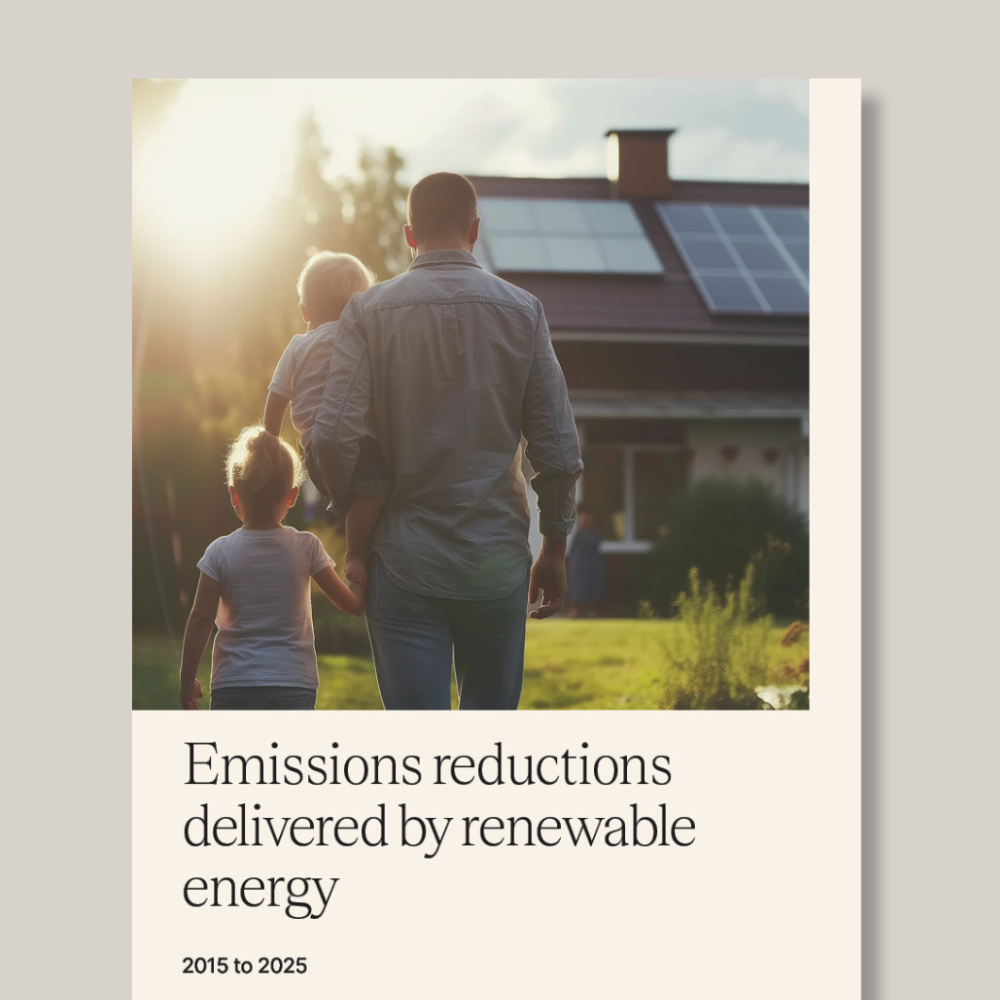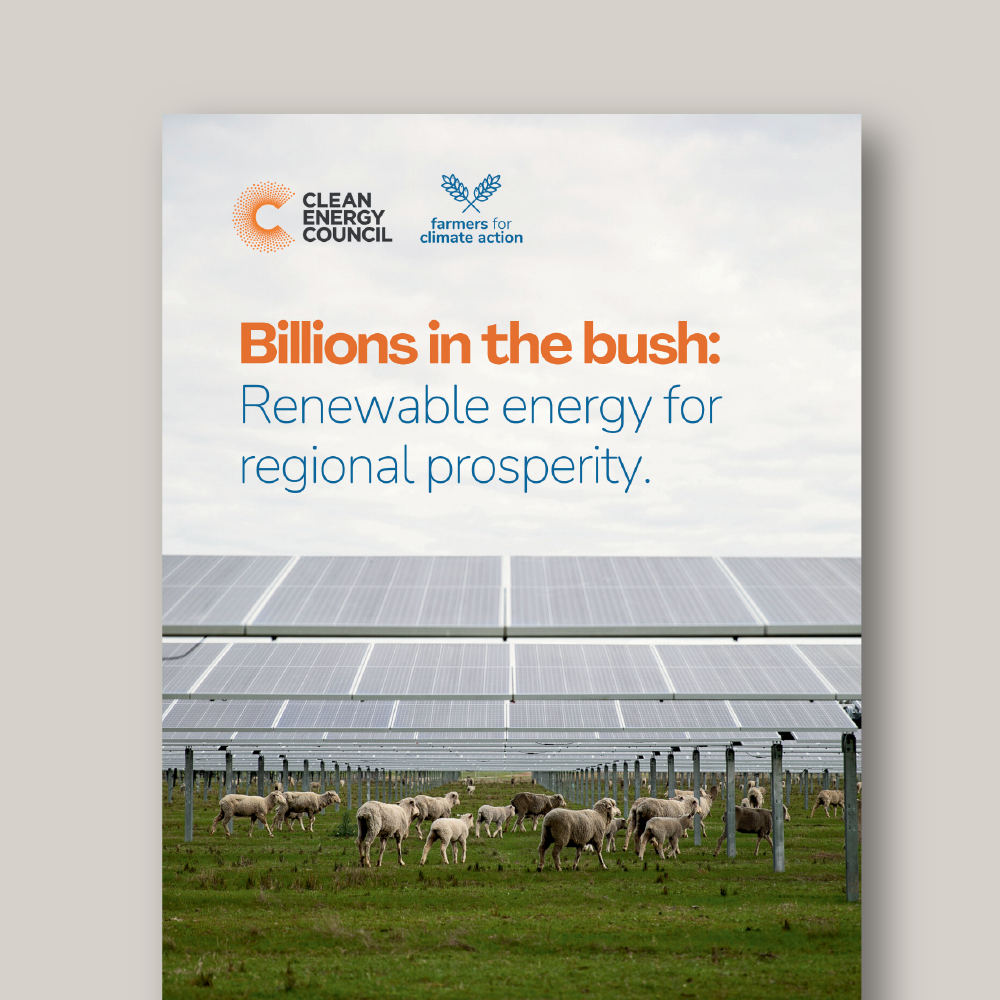Record-breaking investment in utility-scale storage and booming results for rooftop solar are among the new data published in today’s Clean Energy Australia 2024 report.
The report found that renewables overall accounted for nearly 40 per cent of Australia’s total electricity supply at 39.4 per cent, while figures for generation capacity added were strong at 5.9 GW, up from 5 GW in 2022.
Clean Energy Council Chief Executive Kane Thornton said renewables had now reached a critical tipping point in the Australian energy mix.
“We’ve reached a major milestone following 12 months of profound change as industry and governments at all levels continue to work together with a renewed focus on a timely transformation of our energy system,” Thornton said.
“Renewables comprised 39.4 per cent of Australia’s total generation in 2023, an increase of 9.7 per cent in a single year. This is a major increase from 2017, when the share of Australia’s total renewable generation was just 17 per cent.
“2023 was also a significant year for construction and new financial commitments to utility-scale storage. Twenty-seven battery projects are under construction, up from 19 at the end of 2022. Investment stands at a massive $4.9 billion, up from $1.9 billion in the year prior.”
2023 also saw rooftop solar continue to shine brightly, with 3.1 GW of new capacity added to Australia’s energy system. In total, 337,498 households and businesses around Australia installed rooftop solar, up from 315,499 in 2022.
“Rooftop solar accounted for 28.5 per cent of all renewable generation nationally over the past year. This is a testament to its success in driving additional value and lowering energy bills for over one in three Australian households and small businesses,” Thornton said.
While the past year’s figures indicate some encouraging progress for Australia’s clean energy transition, a significant downturn in investment, particularly in large-scale generation projects, remains an issue for the sector.
No new financial commitments to utility-scale wind projects occurred in 2023, while seven new financial commitments for utility-scale solar projects totalling 921 MW of capacity were recorded, down from 10 projects totalling 1.5 GW at the end of 2022.
“Several announcements and policy initiatives led by the Commonwealth throughout the year have already sent a strong signal about the importance of a timely energy transition to the national interest, addressing several major challenges including cost of living, emissions reduction and energy security,” Thornton said.
“We are more determined than ever to continue to build and maintain the strong investment in our clean energy future that we need, overcome the barriers holding back a substantial pipeline of new opportunities and navigate the most consequential transformation of Australia’s economy in a generation.”
Key statistics from the Clean Energy Australia 2024 Report:
- Renewables account for 39.4 per cent of Australia’s total electricity supply.
- 5.9 GW of new renewable generation capacity added in 2023.
- 2.8 GW of new large-scale renewable generation capacity completed construction and was added to the grid.
- The rooftop solar sector added 3.1 GW of new capacity from 337,498 households and small businesses.
- 27 utility-scale batteries under construction at the end of 2023, accounting for a total of 5 GW / 11 GWh combined capacity, up from 19 totalling 1.4 GW / 2 GWh of capacity in 2022.
- $4.9 billion in new investments in large-scale storage during 2023, up from $1.9 billion in 2022.
- No new financial commitments to utility scale wind projects in 2023, compared to six in 2022.
- 7 new financial commitments to large-scale solar projects for a combined 921 MW, down from 10 projects and 1.5 GW in 2022.
ENDS
For more information or to arrange an interview, please contact:
Liam Straughan
Clean Energy Council Media Officer
+61 409 470 683





